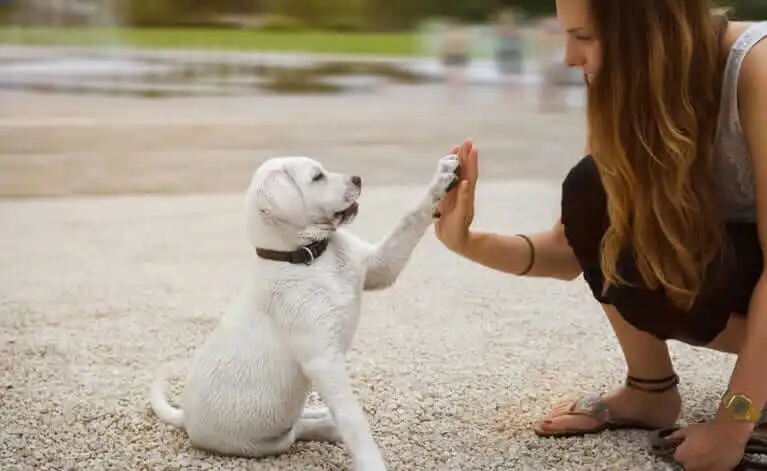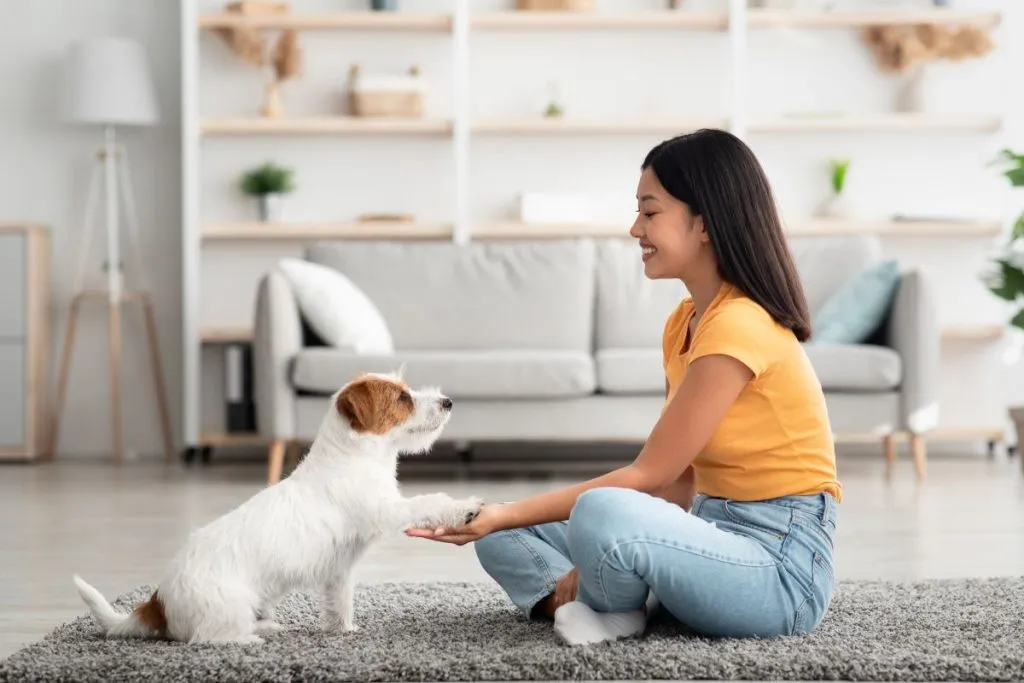“Trust is built with consistency.” — Lincoln Chafee
Building a bond of trust with your puppy is not just a fundamental aspect of effective training; it’s the cornerstone of a harmonious and rewarding relationship. According to the American Kennel Club (AKC), a puppy’s formative weeks are critical for establishing trust, which influences their behavior and learning capacity for the rest of their lives. This article delves into the essential elements of building trust in puppy training, backed by expert insights and practical advice to set you and your furry friend on the path to success.
Why Trust is Crucial in Puppy Training
Trust serves as the foundation for all successful puppy training methods. Puppies, like children, learn best in an environment where they feel safe and secure. When a puppy trusts its owner, it is more likely to follow commands, engage in positive behaviors, and respond well to training techniques. Trust reduces anxiety and fear, which are major obstacles to learning and good behavior.
The Science Behind Trust and Learning
Research in animal behavior shows that positive reinforcement training, which relies heavily on trust, is more effective than aversive methods. A study published in the journal Applied Animal Behaviour Science found that dogs trained using positive reinforcement exhibited fewer behavioral problems and higher obedience levels compared to those trained with punishment-based methods.
Building Trust: The First Steps

1. Consistency is Key
Consistency in your actions and commands is critical. Puppies thrive on routine and predictability. Set regular times for feeding, walking, and training sessions. Use the same commands and signals each time, which helps your puppy understand what is expected of them.
2. Positive Reinforcement
Reward your puppy for good behavior with treats, praise, or playtime. This method not only makes training enjoyable for your puppy but also strengthens the bond between you. According to the AKC, positive reinforcement is the most effective and humane training method.
3. Socialization
Expose your puppy to different environments, people, and other animals in a controlled and positive manner. Early socialization helps your puppy develop confidence and reduces fear-based reactions. The American Veterinary Society of Animal Behavior (AVSAB) recommends starting socialization as early as 7-8 weeks of age.
Overcoming Common Challenges

Separation Anxiety
Puppies can develop separation anxiety if not properly acclimated to being alone. Start with short absences and gradually increase the duration. Provide a safe and comfortable space, such as a crate, with toys and bedding. Consistent departure and arrival routines can also help alleviate anxiety.
Fear of New Experiences
Introduce new experiences gradually and positively. Allow your puppy to explore new environments at their own pace. Use treats and praise to encourage bravery and curiosity. Avoid forcing your puppy into situations that make them uncomfortable.
Real-World Use Case: Training Success Story
Consider the story of Max, a Golden Retriever puppy who was initially fearful of other dogs. His owner, Sarah, implemented a trust-building training regime. She started with basic obedience training using positive reinforcement, ensuring consistency in her commands and rewards. Sarah gradually introduced Max to other dogs in a controlled setting, rewarding calm behavior and allowing him to retreat if he felt overwhelmed. Over time, Max became more confident and now enjoys socializing with other dogs at the park.
Step-by-Step Guide to Building Trust

Step 1: Establish a Routine
Create a daily schedule for your puppy that includes feeding, playtime, training, and rest. Consistency helps your puppy understand what to expect and reduces anxiety.
Step 2: Use Positive Reinforcement
Reward desirable behaviors immediately with treats, praise, or play. Avoid punishment, as it can damage the trust you’ve built.
Step 3: Gradual Socialization
Introduce your puppy to new experiences slowly. Ensure each interaction is positive, and avoid overwhelming your puppy with too many new experiences at once.
Step 4: Patience and Understanding
Remember that building trust takes time. Be patient and understanding, and celebrate small successes along the way.
Conclusion
Building trust with your puppy is the foundation of successful training and a harmonious relationship. By focusing on consistency, positive reinforcement, and gradual socialization, you can foster a deep bond with your puppy, leading to a lifetime of mutual understanding and joy. Remember, trust is a two-way street – as you work to earn your puppy’s trust, you’ll also find them becoming a loyal and trusting companion.





















